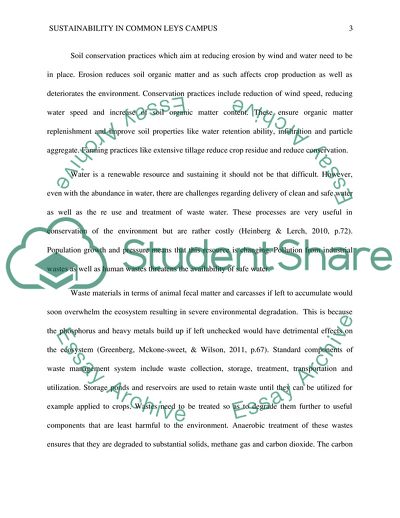Cite this document
(Developing Common Leys: Sustainability in Action Case Study, n.d.)
Developing Common Leys: Sustainability in Action Case Study. https://studentshare.org/environmental-studies/1814079-developing-common-leys-sustainability-in-action
Developing Common Leys: Sustainability in Action Case Study. https://studentshare.org/environmental-studies/1814079-developing-common-leys-sustainability-in-action
(Developing Common Leys: Sustainability in Action Case Study)
Developing Common Leys: Sustainability in Action Case Study. https://studentshare.org/environmental-studies/1814079-developing-common-leys-sustainability-in-action.
Developing Common Leys: Sustainability in Action Case Study. https://studentshare.org/environmental-studies/1814079-developing-common-leys-sustainability-in-action.
“Developing Common Leys: Sustainability in Action Case Study”. https://studentshare.org/environmental-studies/1814079-developing-common-leys-sustainability-in-action.


